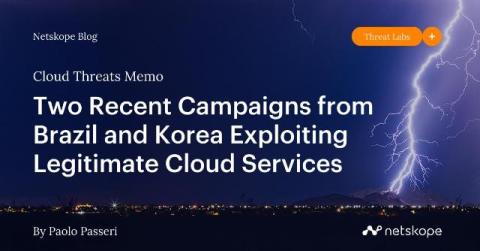Brazilian Entities Increasingly Targeted by Nation-State Phishing Attacks
Mandiant has published a report looking at cyber threats targeting Brazil, finding that more than 85% of government-backed phishing activity comes from threat actors based in China, North Korea and Russia. “The Brazil-focused targeting of these groups mirrors the broader priorities and industry targeting trends we see elsewhere,” the researchers write.










